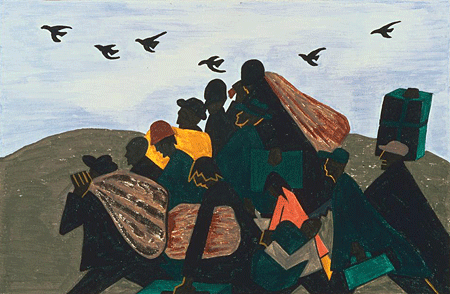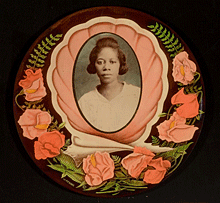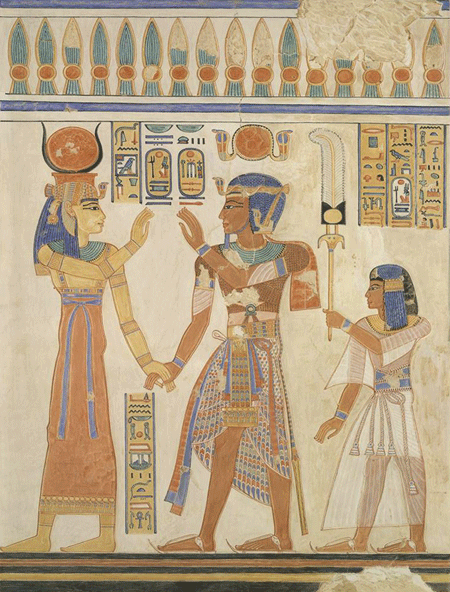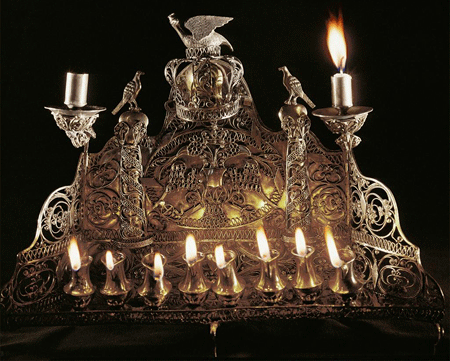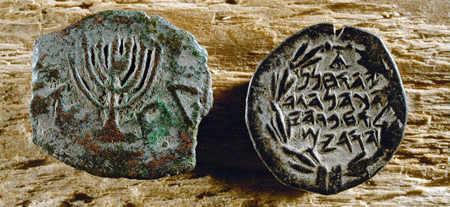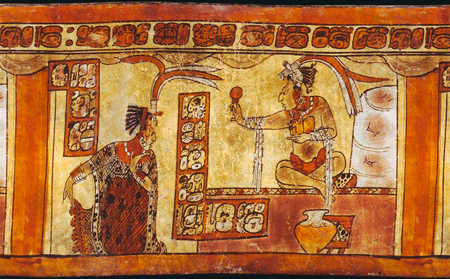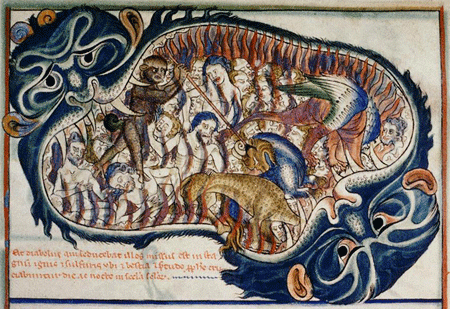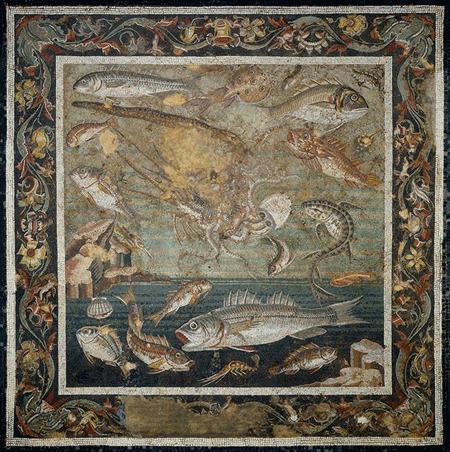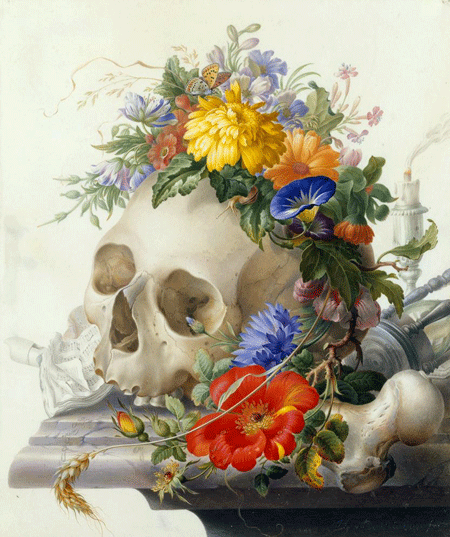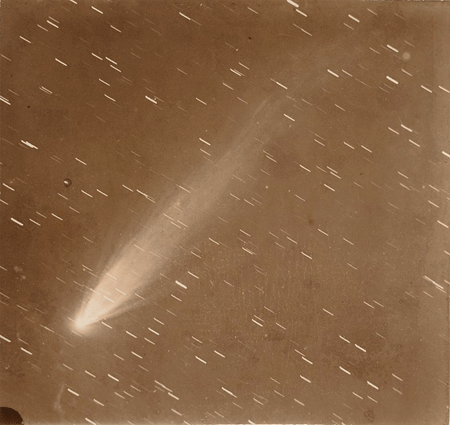
Unknown, French | Comet | ca. 1900 | San Francisco Museum of Modern Art
Debris from a meteor streaked through the sky in western Siberia early this morning, causing a boom that damaged a large number of buildings, mainly in the Russian city of Chelyabinsk. Some 1,000 people were reportedly hurt, mostly as a result of glass shattering when the meteor entered the atmosphere.
